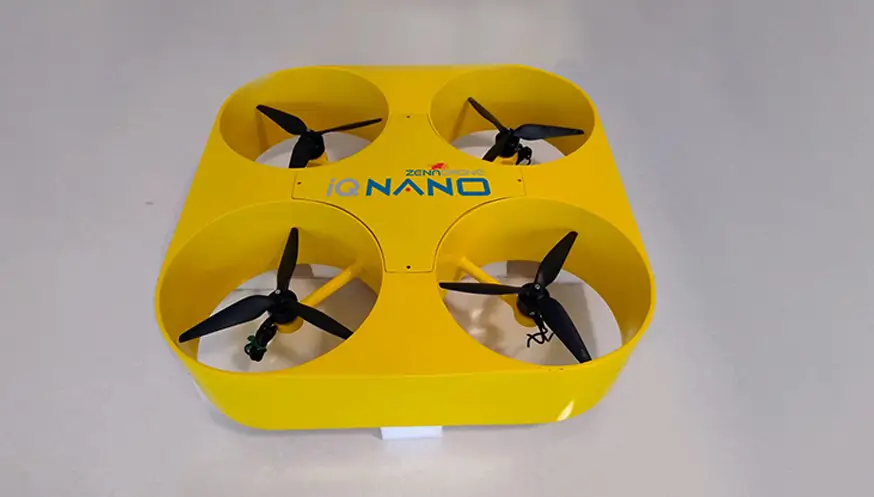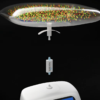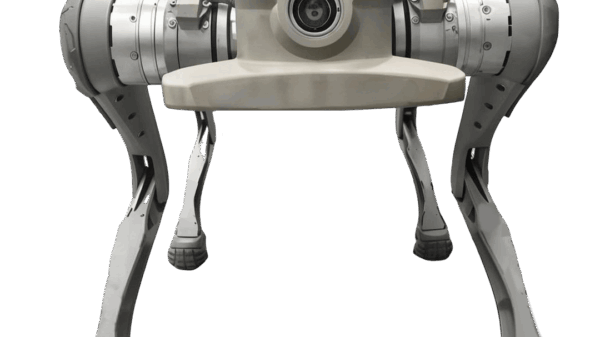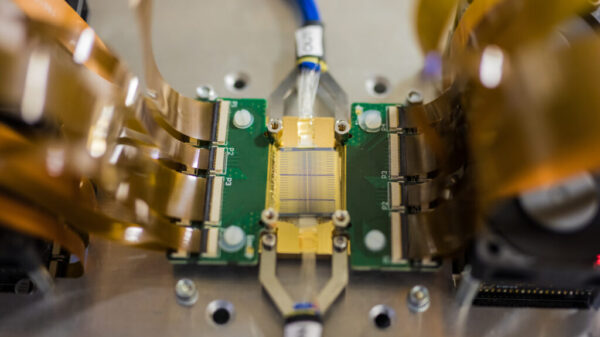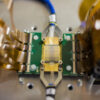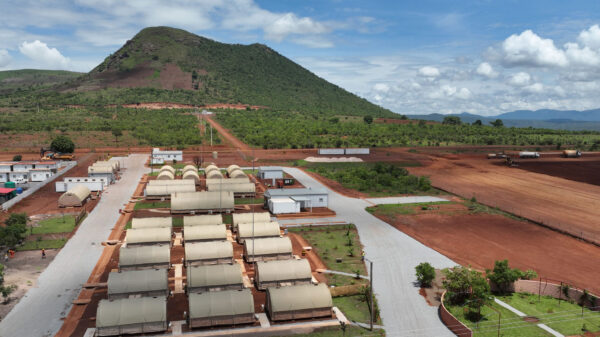Artificial intelligence using drone provider, ZenaTech, Inc. (NASDAQ: ZENA) (FSE: 49Q) has developed its first quantum computing prototype involving a rapid analysis framework to process large datasets for its AI drones.
The company announced on Friday that it had created a framework for real time analysis of a large amount of data that can be captured through AI drone sensors while in the air. This typically uses weather forecasting algorithms for its Clear Sky project as a test case.
ZenaTech’s Clear Sky project is a quantum computing R&D initiative focused on improving weather forecasting. The system uses AI-powered drones, drone fleets, and quantum technology to predict localized weather more accurately. As a result, it aims to help save lives and reduce damage and costs during extreme weather events.
The prototype’s algorithms track and analyze key atmospheric factors, including temperature, humidity, wind, barometric pressure, and precipitation. Additionally, internal testing with historical open source data has shown strong alignment with trusted weather platforms and actual outcomes. This testing validates the system’s accuracy and reliability.
“We’re not just building smarter drones, we’re building a quantum bintelligent edge where data becomes decisions in an instant, whether it’s a battlefield or a farm field,” said Shaun Passley, Ph.D., ZenaTech CEO.
“We believe this quantum framework we are creating is just the beginning as we’ve now demonstrated it can use it for large datasets.
Passley continued in saying the company plans to expand its R&D capabilities and grow the team from 6 to 25 in the coming months. In doing so, it aims to accelerate time to market, reduce operational costs, and lead the industry as an innovator.
Read more: China creates tactical military drone the size of a mosquito
Read more: Redwire expands repertoire by acquiring advanced drone developer Edge Autonomy
Drones can inspect large energy grids or farmland
Quantum computing combined with AI powered drones delivers disruptive speed, precision, and autonomy by accelerating data analysis. It also optimizes complex decisions and improves real time responsiveness.
In commercial sectors, drones can autonomously inspect large energy grids or farmland. In addition, they instantly analyze multispectral data and adjust actions on the fly. As a result, agriculture, logistics, and infrastructure benefit from lower costs and higher productivity.
In defense, these technologies empower autonomous surveillance drones to process sensor data and identify threats in real time. Further, drones can coordinate swarm or fleet movements and adapt dynamically to battlefield changes with minimal human input.
This fusion allows drones to make faster, smarter decisions in unpredictable, data heavy environments, reshaping possibilities across industries.
Quantum computing rapidly processes and simulates complex atmospheric models by analyzing large datasets from AI enabled drones. These drones use weather sensors, LiDAR, and imaging systems to gather data. As a result, this technology delivers highly accurate, real time weather forecasts and microclimate predictions. Furthermore, it improves response times for disaster management, aviation safety, and environmental monitoring.
Quantum computing uses principles of quantum physics to process information much faster than traditional computers. It also solves highly complex problems that even the most powerful classical computers cannot handle today.
There may also be even stronger opportunities in the future.
The U.S. Department of Defense issued a directive titled “Unleashing U.S. Military Drone Dominance”, which classified ZenaTech’s Group 1 and 2 drones as expendable assets, allowing field commanders to purchase them directly for training and missions without needing traditional UAS certification.
Read more: Tennessee man handed sentence for delivering cannabis to prison inmate with drone
Read more: Palladyne AI shares soar 27% on the back of new defense contract
DOD policy removes barriers
Shares rose 22 per cent on Monday based the DOD’s issued directive.
Passley said this policy removes barriers and enables direct delivery of affordable, mission flexible drones to operators. The company is accelerating manufacturing and defense business development to meet rising demand.
Key points include rapid field acquisition, prototype friendly deployment, expendable classification reducing costs and bureaucracy, and multi-mission use for ISR and counter drone tasks. The timeline calls for experimental small UAS formations by September 2025, squad level drone deployment by the end of FY 2026, and full integration in training by 2027.
.
joseph@mugglehead.com

